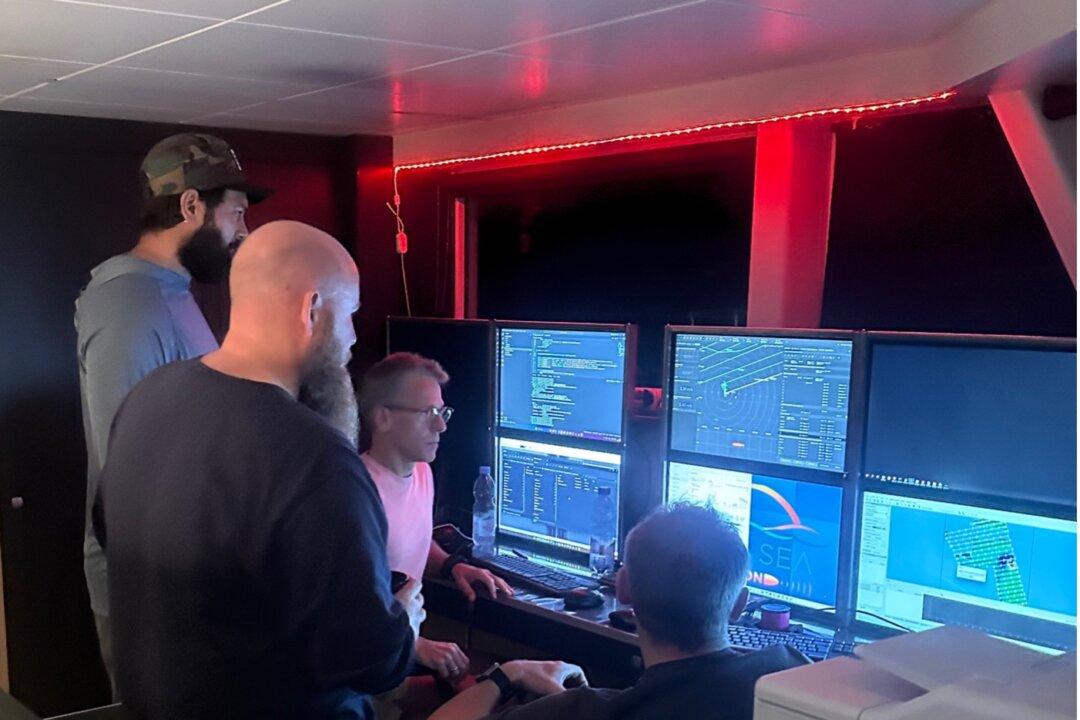Two brothers and a team of explorers from South Carolina recently discovered what they believe is Amelia Earhart’s missing plane that crashed into the Pacific Ocean nearly 90 years ago.
Tony Romeo, a former U.S. Air Force intelligence officer, private pilot, and CEO of Deep Sea Vision, told The Epoch Times that he had been fascinated with Ms. Earhart’s disappearance since he was a child, but it wasn’t until a couple of years ago that he began toying with the idea of solving one of the greatest mysteries of the 20th century.





